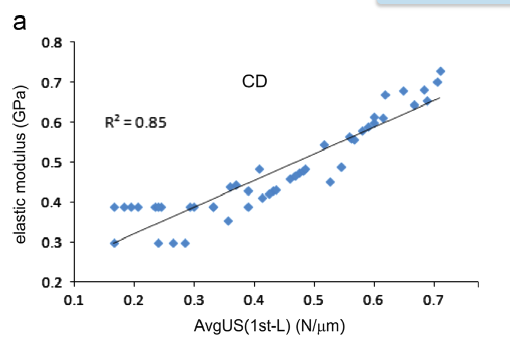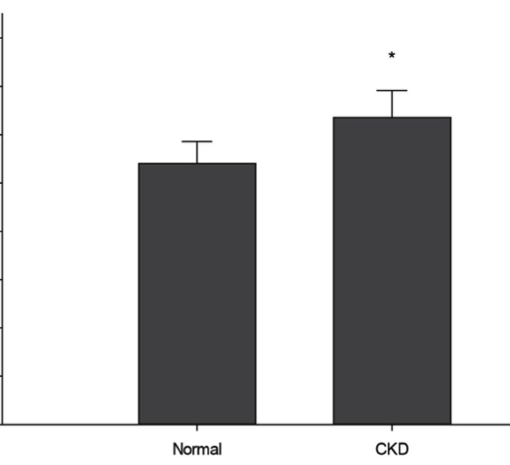Abstract
Evidence indicating that adult type 2 diabetes (T2D) is associated with increased fracture risk continues to mount. Unlike osteoporosis, diabetic fractures are associated with obesity and normal to high bone mineral density, two factors that are typically associated with reduced fracture risk. Animal models will likely play a critical role in efforts to identify the underlying mechanisms of skeletal fragility in T2D and to develop preventative treatments. In this review we critically examine the ability of current rodent models of T2D to mimic the skeletal characteristics of human T2D. We report that although there are numerous rodent models of T2D, few have undergone thorough assessments of bone metabolism and strength. Further, we find that many of the available rodent models of T2D have limitations for studies of skeletal fragility in T2D because the onset of diabetes is often prior to skeletal maturation and bone mass is low, in contrast to what is seen in adult humans. There is an urgent need to characterize the skeletal phenotype of existing models of T2D, and to develop new models that more closely mimic the skeletal effects seen in adult-onset T2D in humans.
https://www.ncbi.nlm.nih.gov/pubmed/24585709
J Bone Miner Res. 2014;29(5):1025-40. doi: 10.1002/jbmr.2210.



